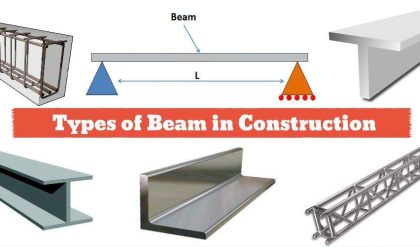INTRODUCTION
· Lug angle is small piece of angle used to connect outstand legs of the members to the gusset plate.
· The purpose of lug angle is to reduce the length of connection to the gusset plate and to reduce shear lag effect.
· If lug angle is used then the unconnected length of main angle behave like a connected leg and entire cross section area of the angle become effective in resisting tension. So if lug angle is used, then efficiency of the tension member increases because it reduces shear lag effect.
· If lug angle is used the resultant reaction at bolt location 1 and 2 pass through CG of cross section. Since action and reaction pass through CG of angle, stress and strain distribution are uniform hence no shear lag


DESIGN OF LUG ANGLE


Analysis


Design


CONCLUSION:
Sometimes a larger length of the tension member and the gusset plate may be required to accommodate the required number of connection rivets. But this may not be feasible and economical. To overcome this difficulty lug angles are used in conjunction with main tension members at the ends. It provides extra gauge lines for accommodating the rivets and thus enables to reduce the length of the connection. They are generally used when the members are of single angle, double angle or channel sections



